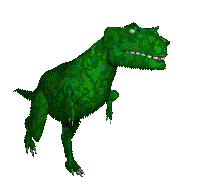***Ervin Davis, the creator and maintainer of this website passed away April 22, 2007.
 |




but he who does not ask remains a fool forever." -- Old Chinese saying |
Please sign or view the new
Guest Book.
You can view the old Guest Book here.
Last Up-dated : 17 July 2005
©
All rights reserved